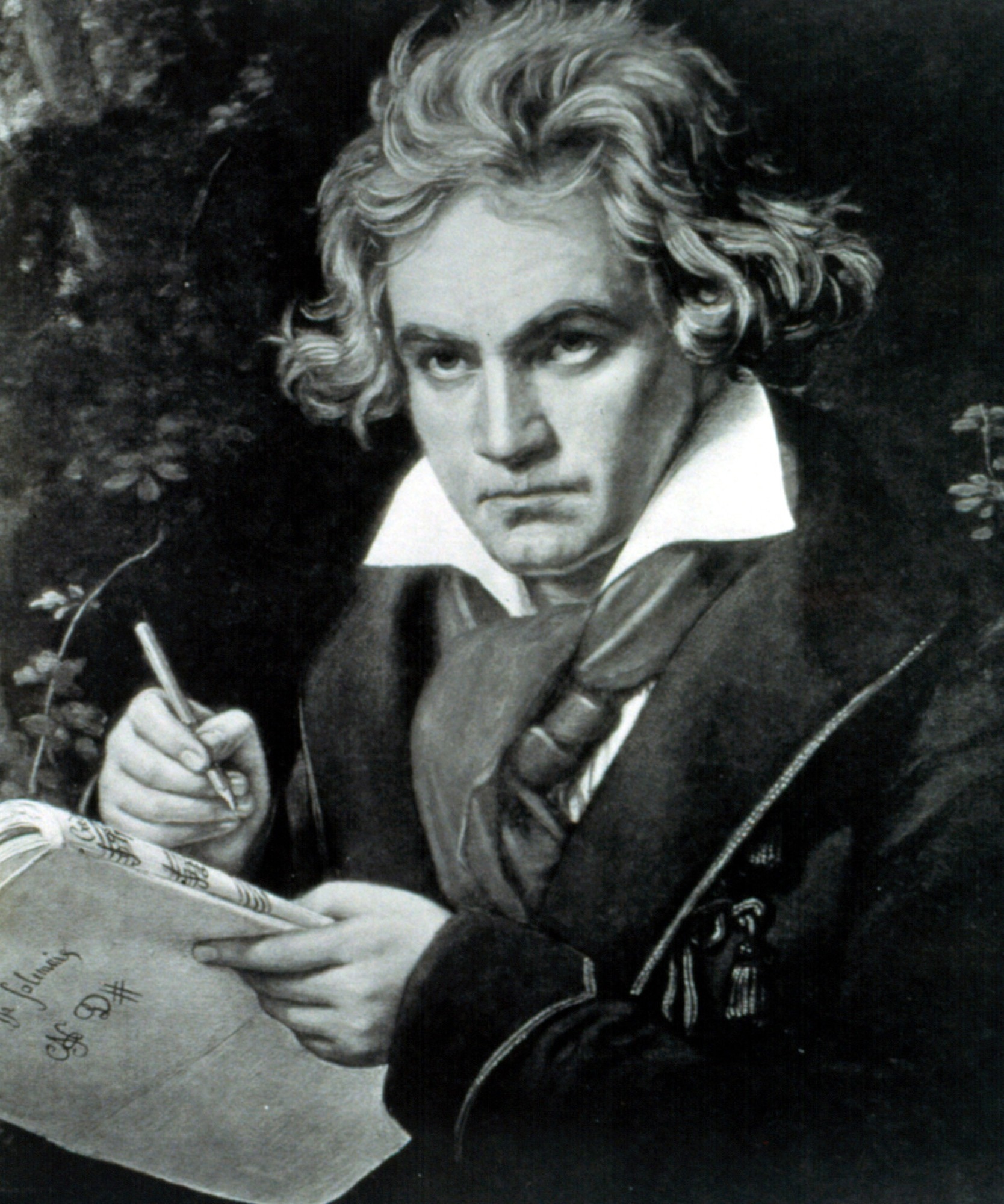They limited their investigation to the three somatic diseases that dominate the medical biographical literature on Beethoven. These were predominantly sensorineural forms of hearing loss, chronic gastrointestinal problems, and liver disease.
 Study: Genomic analyses of hair from Ludwig van Beethoven. Everett Collection / Shutterstock
Study: Genomic analyses of hair from Ludwig van Beethoven. Everett Collection / Shutterstock
Background
Beethoven wrote an unusual document in 1802 requesting that his favorite physician, Dr. Johann Adam Schmidt, describe his disease following his death and make it public. Unfortunately, since he died in 1809, 18 years before the musician's death, he could not fulfill his last wish. However, much later, several medical biographers attempted to determine the likely causes of Beethoven's health complaints by relying principally on documentary sources, e.g., his hand-written letters.
About the study
In the present study, researchers first authenticated hair from eight locks attributed to Ludwig van Beethoven, which they acquired from public and private collections. Then, they performed shallow shotgun sequencing to permit assessments of deoxyribonucleic acid (DNA) preservation and authenticity. In addition, they performed relatedness testing of his autosomal and X chromosome DNA.
The researchers worked under the premise that the hair samples were authentic. They proceeded to sequence a nuclear genome to an average of 24-fold coverage, incorporating laboratory and bioinformatics protocols optimized for the ultra-short DNA fragments with a mean fragment length of 29.62 base pairs, characteristic of historical hair samples. However, they restricted further analyses to the 1.64 Gb of the genome to map short reads with confidence. Further, they performed principal component analyses (PCAs) on the high-coverage Beethoven genome.
Results
Of the eight locks of hair analyzed, seven yielded enough DNA for interpretation. The authors found enough evidence rooted in ancestry and DNA damage patterns favoring that at least five of those eight hair strands, the Müller, Bermann, Halm-Thayer, Moscheles, and Stumpff Locks, originated from one male individual, who, in all likelihood, was Ludwig van Beethoven.
In addition, they found that all five hair samples were genetically identical. They had male XY karyotypes and shared mitochondrial genomes of haplogroup H1b1+16,362C with a rare private mutation. For Halm-Thayer and the Stumpff Locks, even documentary evidence supporting their authenticity was strong. Also, the latter was the best preserved of all hair locks.
The researchers could not find a molecular genetic cause for Beethoven's hearing loss or gastrointestinal complaints. However, the combined risk conferred by his alcohol consumption and genetic predisposition constituted a probable causal elucidation for his liver disease. Also, Beethoven had a hepatitis B virus (HBV) infection at least during the last few weeks before his death.
Recent studies have found that hair is a possible HBV DNA pool in individuals with chronic and acute HBV infections. In this study, screening through shotgun sequencing and the hybridization capture experiments suggested the occurrence of HBV DNA in multiple gene libraries constructed from the Stumpff Lock.
Moreover, phylogenetic analysis showed that the HBV genome retrieved from the Stumpff Lock originated from a distinct subgenotype D2, one of the most ubiquitous HBV variants in Europe today since the Middle Ages. Indeed, Beethoven had an authentic HBV infection, possibly traversing during the summer to winter of 1826 or earlier. However, the researchers could not determine with certainty how or when Beethoven got infected with HBV.
Strikingly, sequencing analysis of Y chromosomes from five living members of the Van Beethoven patrilineage revealed an extra-pair paternity event in the musician's patrilineal ancestry.
Conclusions
The genomic sequencing data of the present study uncovered several significant aspects of Ludwig van Beethovens' genealogy and health using his authentic hair locks, including profound inherited risk for liver disease and an acquired HBV infection. This initial dataset of five hair samples, spanning the last seven years of the musician's life, in the future, would allow several future lines of scientific inquiry, e.g., infections he acquired during the course of his life.
The advancements in bioinformatics methods for risk categorization based on genetic predisposition and advancement in medical genetic research will help more accurate assessments of Beethoven's disease risk in the future and infer other phenotypes of interest.
This study depicted how genomic data helped discover new information in the context of historical biography. The availability of more data in consumer genetic databases and testing of living and hypothesized relatives of Beethoven will help further dig into his genetic genealogy.
Journal reference:
- Genomic analyses of hair from Ludwig van Beethoven, Tristan James Alexander Begg, Axel Schmidt, Arthur Kocher, Maarten H.D. Larmuseau, Göran Runfeldt, Paul Andrew Maier, John D. Wilson, Rodrigo Barquera, Carlo Maj, András Szolek, Michael Sager, Stephen Clayton, Alexander Peltzer, Ruoyun Hui, Julia Ronge, Ella Reiter, Cäcilia Freund, Marta Burri, Franziska Aron, Anthi Tiliakou, Joanna Osborn, Doron M. Behar, Malte Boecker, Guido Brandt, Isabelle Cleynen, Christian Strassburg, Kay Prüfer, Denise Kühnert, William Rhea Meredith, Markus M. Nöthen, Robert David Attenborough, Toomas Kivisild, Johannes Krause, Current Biology 2023, DOI: https://doi.org/10.1016/j.cub.2023.02.041, https://www.cell.com/current-biology/fulltext/S0960-9822(23)00181-1